Recent Articles
Popular Makes
Body Types
Why Car Repairs Seem More Expensive Today
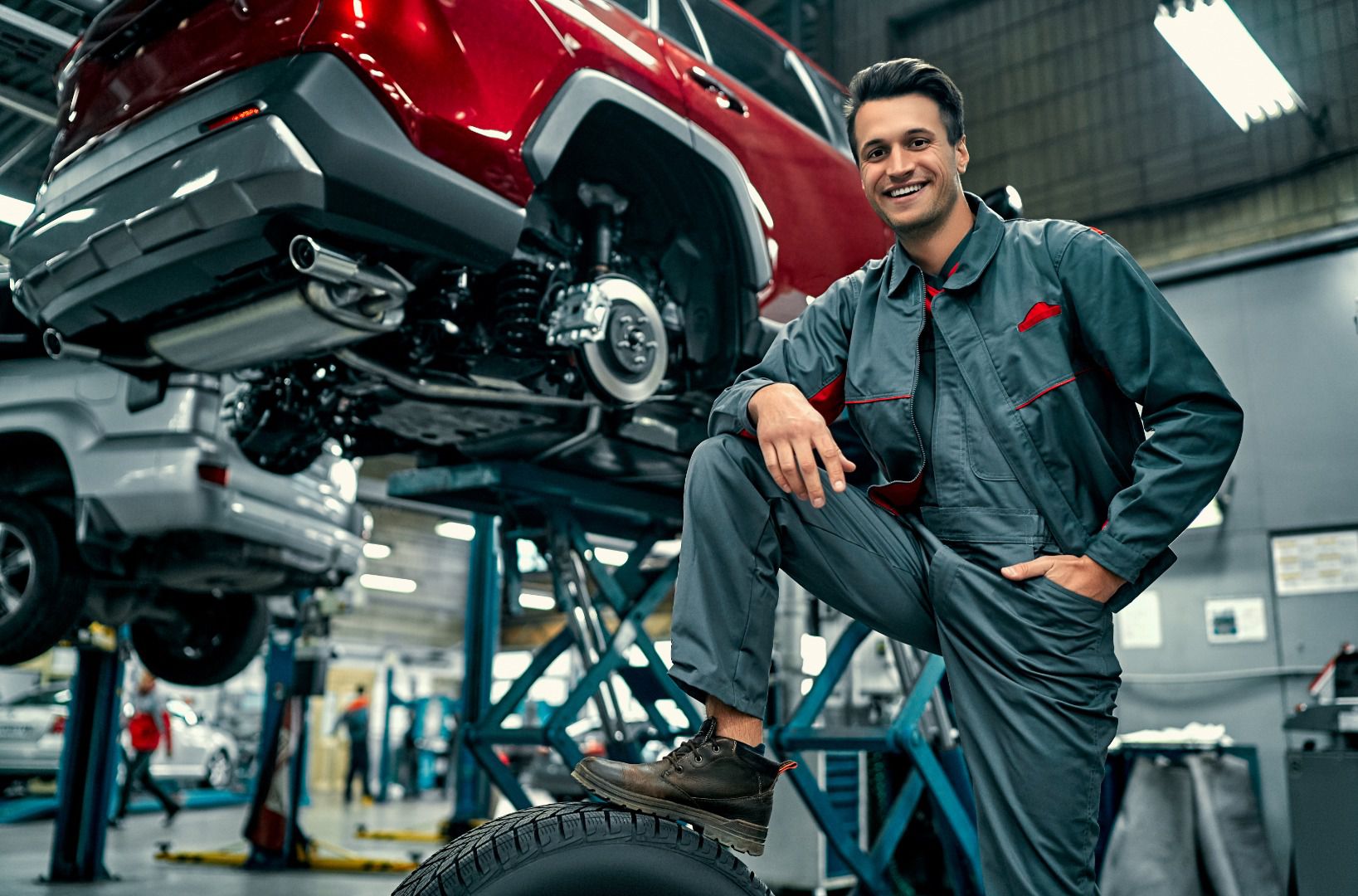
AdobeStock 308327459 ・ Photo by Adobe Stock
Vehicle repairs are becoming more expensive. There’s no denying that fact. Prices for all kinds of vehicle repairs are rising faster than inflation. There are a number of reasons for the rising cost of repairs. Prices are up because of increased labor rates, high real estate and infrastructure costs, and the rising cost of more complicated parts.
Some of the factors in bigger repair bills can’t be helped, but there are also some areas where you can help keep the bottom line under control. The more you understand the reasons for higher prices, the better you can figure how to keep your car running right without breaking your budget.
Skilled Labor Is More Expensive
The days of the "shade tree mechanic" are long gone. Auto repair training is now comparable to a college education. To become a certified mechanic, a student starts in high school and then devotes several years to community college and then specialized education to get that certification. That might be followed by even more training on the particular brand of vehicle being serviced. According to the U.S. Bureau of Labor Statistics, most fully certified mechanics have five years of education after high school.
Even entry-level certified mechanics at dealerships are well-paid professionals, and senior mechanics even more so. The median annual wage for auto mechanics in 2019 was $42,090, according to the BLS. When you pay that repair bill, you’re getting the assurance that your mechanic knows about all the potential interactions among your car’s safety and operating systems. Further, the bill covers the time and expertise of the service advisor and other employees at the shop.
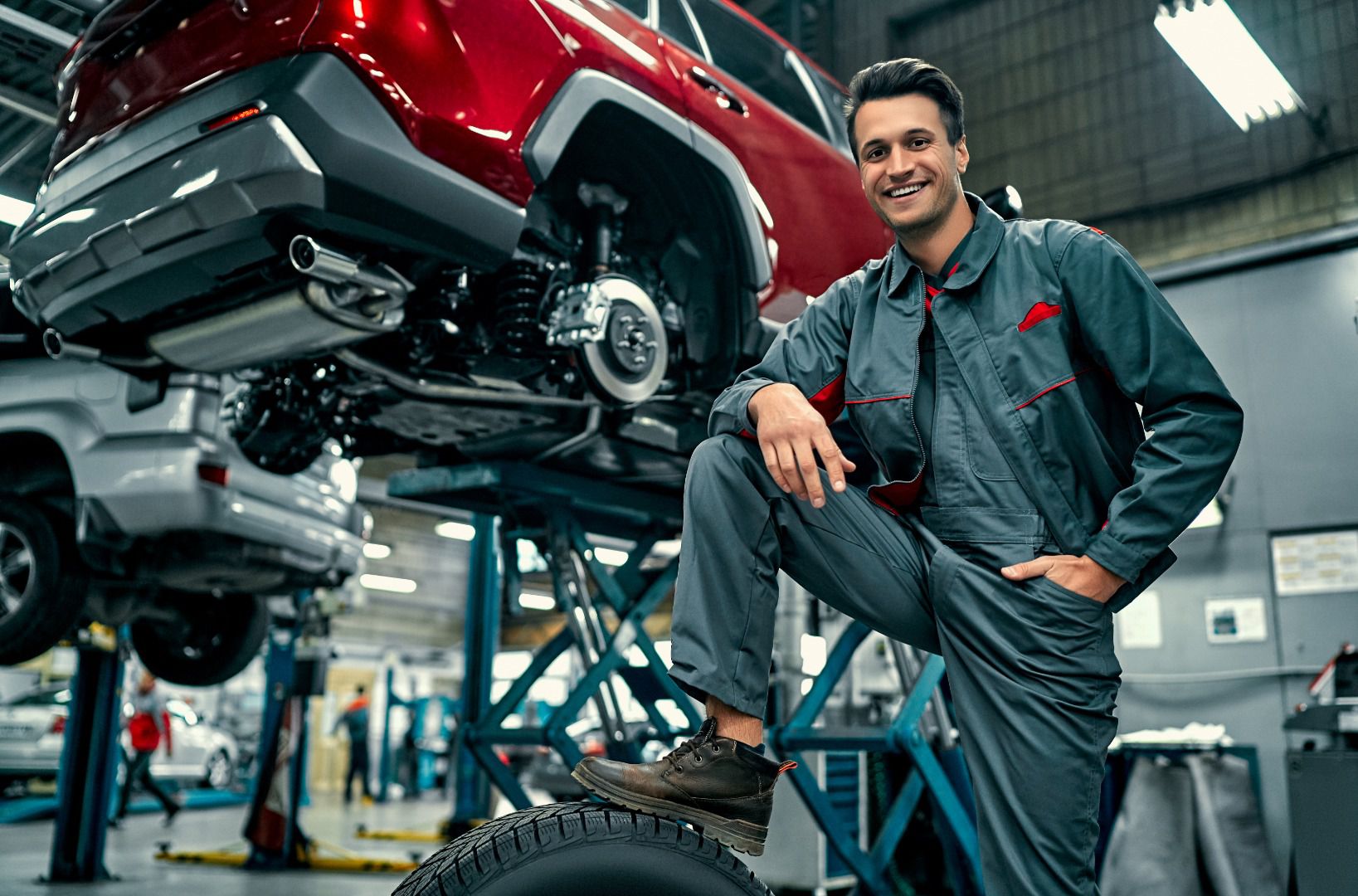
Photo by Adobe Stock
Rent Is More Expensive
To be successful, an auto repair shop has to be conveniently located. In an urban or suburban community, that means commercial real estate prices are higher. Rent in a conveniently located business park can be high, and the shop also has to purchase and maintain equipment like vehicle lifts, computer diagnostic equipment, and other specialized tools.
On top of the basics, there are costs associated with having a comfortable waiting room and reception area, which is important for a modern auto repair facility. Finally, additional services like loaner cars, complimentary rides on Lyft or Uber, and any other amenities all add costs. The hourly “shop rate” for work has to cover labor and the costs of the facility.
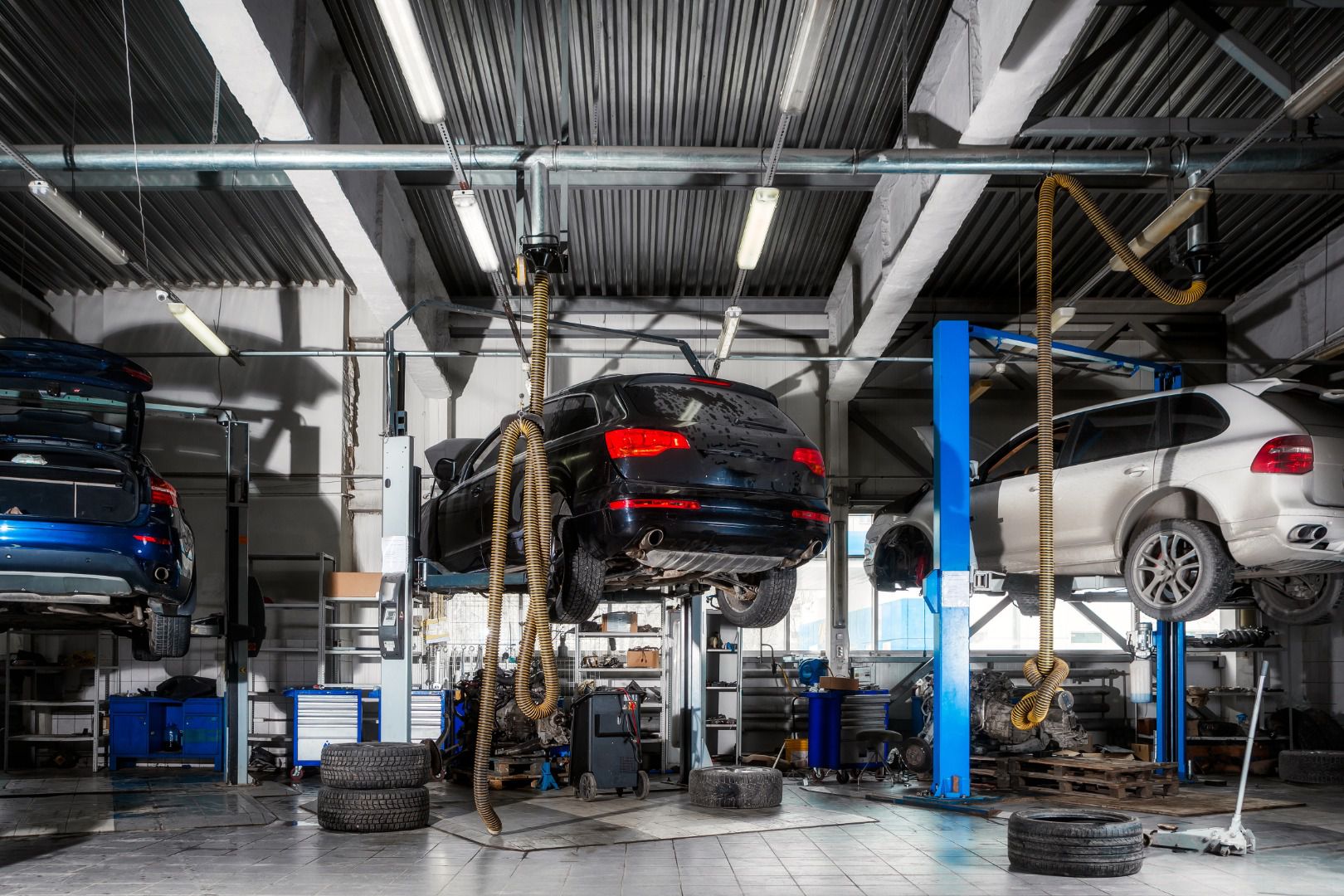
Photo by Adobe Stock
Parts Are More Expensive
A new car is far more than an assembly of mechanical parts. About 40 percent of the price of a modern car is attributable to electronic components. Everything from the engine management computer to the controllers that manage the climate and audio systems is electronic. That means when these parts need to be replaced, the costs are usually higher than they used to be. It’s much cheaper when components are manually controlled, and many new features simply didn’t exist before.
Mechanical parts are more expensive now, too, and there are more of them. Many new cars are turbocharged, which adds a number of expensive parts to the vehicle. Features like LED or HID headlights, and all the sensors and cameras that implement modern safety standards, are expensive too. Even consumable supplies like engine oil cost more because many modern engines require expensive synthetic oils and specialized coolant to deliver reliability and longevity.
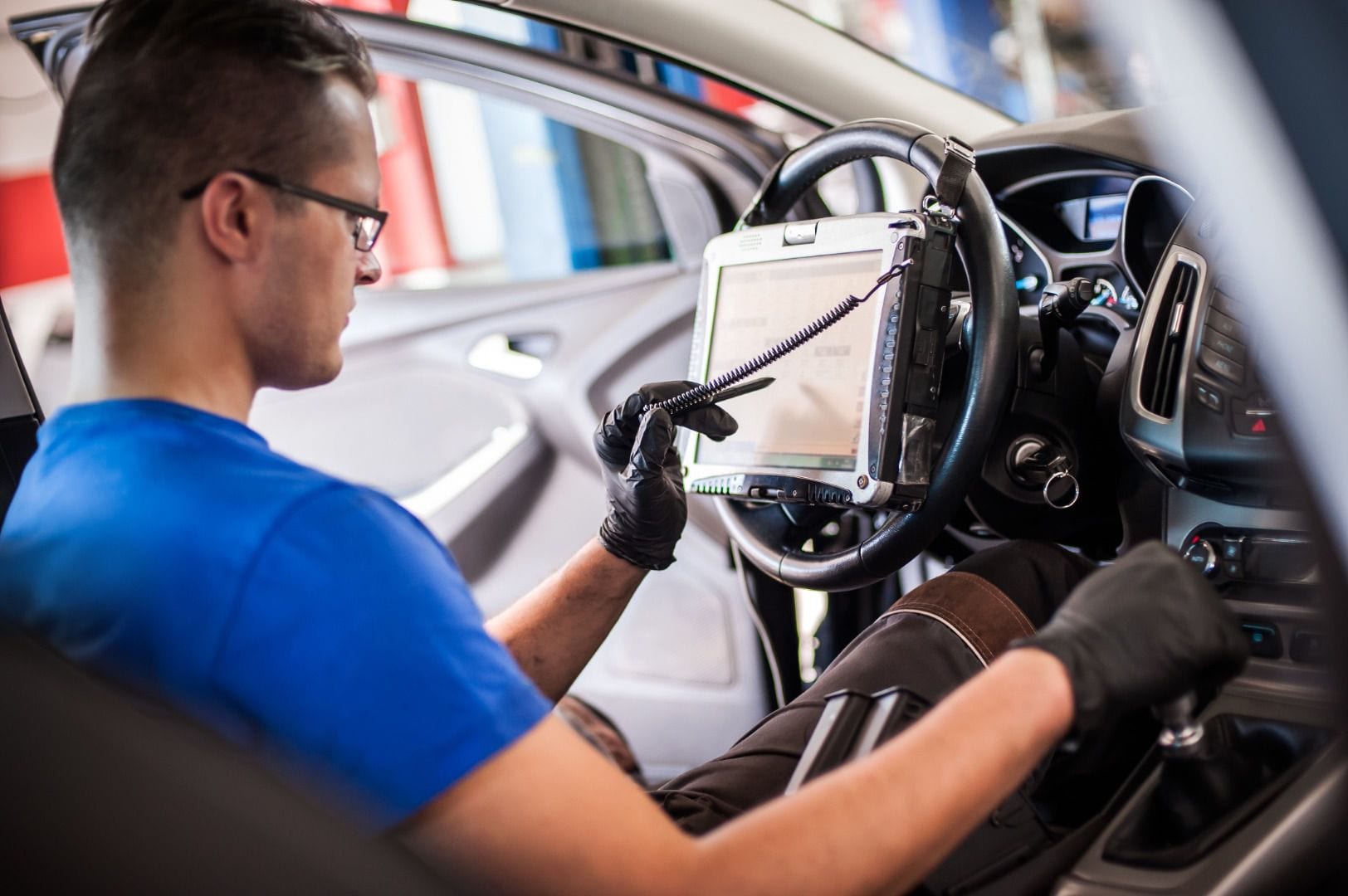
Photo by guruXOX - stock.adobe.com
It Takes Longer to Perform a Repair
One thing that many vehicle owners don’t know is that repairs are often billed by what’s called a “flat rate.” For every make and model, there is a time estimate for every kind of repair. The time estimate is based on how long it should take a professional mechanic to do that job, and shops typically bill the hourly shop rate multiplied by the flat rate time to do the work. The mechanic is also paid by that flat rate time, so if he or she is slow, you don’t have to pay a higher price.
Flat-rate times are often longer on a modern car because there may be a great deal of disassembly required before the mechanic can even begin the necessary repair. If you’ve ever looked at the engine of a modern car, you might see that some components such as starter motors, alternators, and water pumps are located in difficult-to-reach areas. A mechanic might have to spend hours taking pieces off just to get access for the repair, and then reassemble everything again.
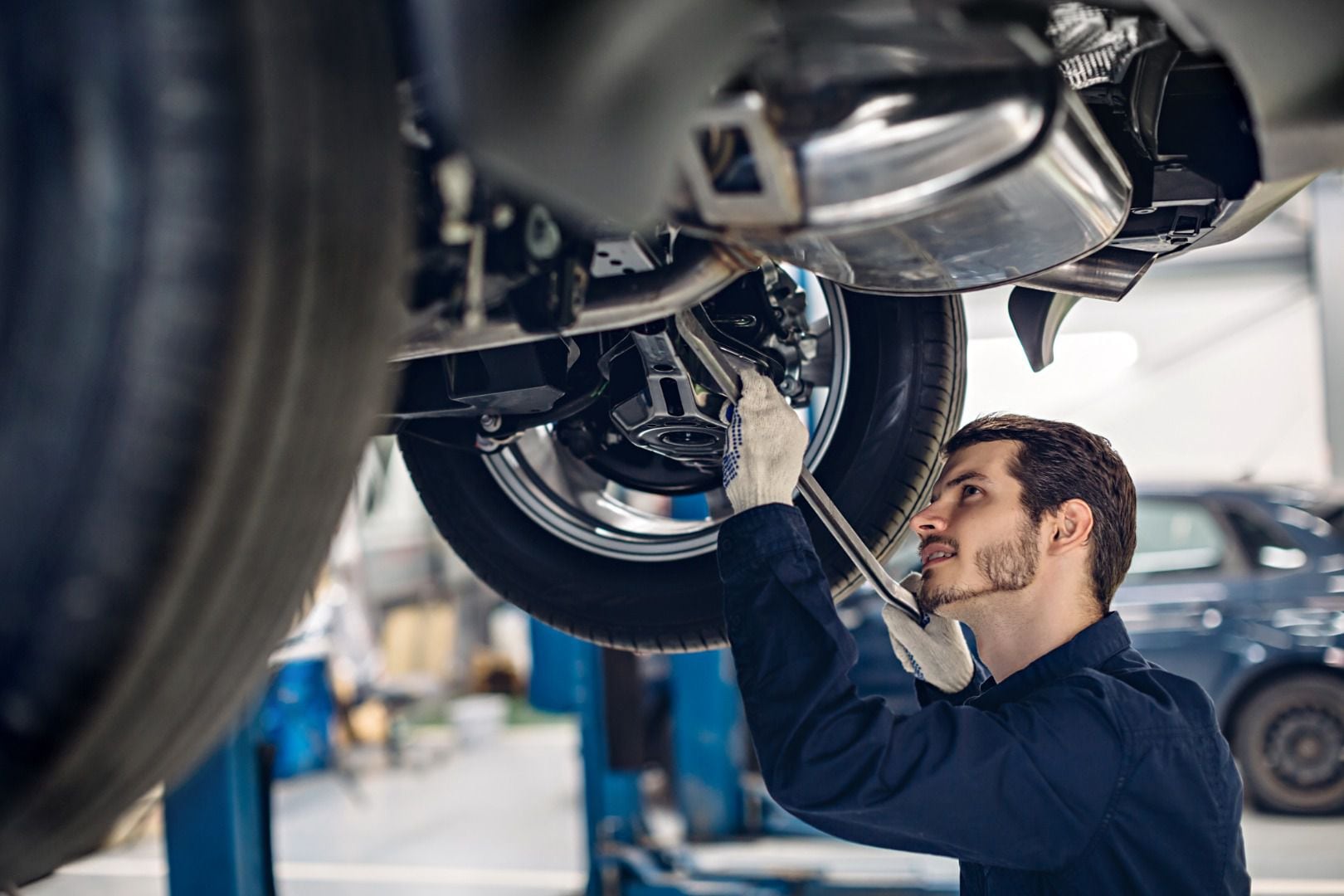
Photo by Mr. Music - stock.adobe.com
How Much Have Prices Risen?
Prices have been rising almost since the invention of the automobile, but they’ve really been rising for the past 10 years or so. Reports of annual price hikes have been as high as about 10 percent per year back in 2012 to about 3 percent in 2016. However, it's also true that prices remain essentially flat in some years.
One factor that always increases repair costs is when an all-new generation of a particular car is released. New models mean new parts and more complex systems, and every new generation just keeps adding to the price.
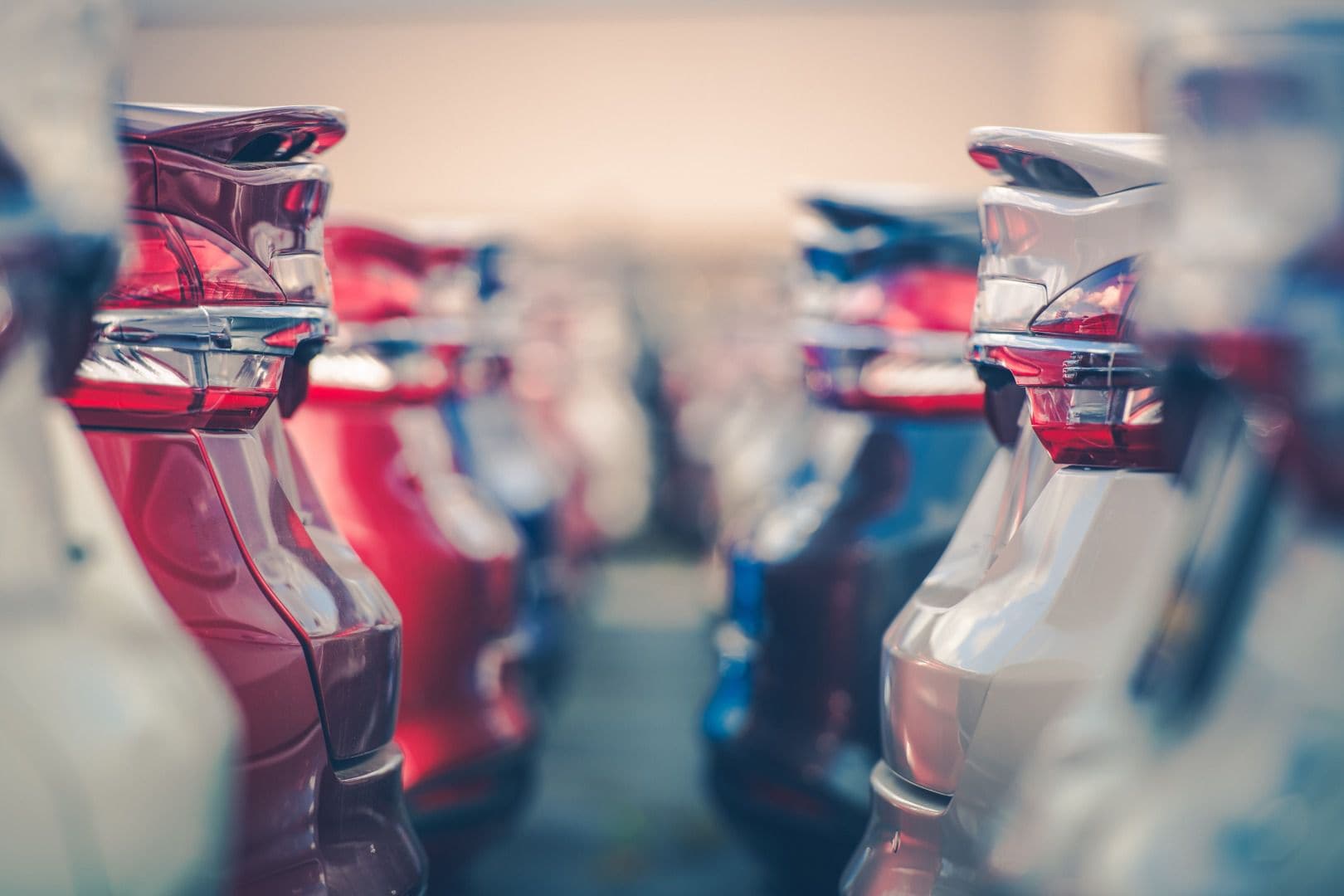
Photo by Daniel Jedzura - stock.adobe.com
How Much Are Prices Going to Rise in the Future?
According to a 2017 study by AAA, the average person will spend about $1,186 per year to maintain and repair a new car. Obviously, that amount will be lower when the car is new, then get higher as time and mileage accumulate. It’s impossible to predict how much the cost of labor and real estate will rise, however. Even with parts, a great deal of the price depends on tariffs and other international trade issues.
You can be certain, though, that prices will continue to rise at least somewhat. However, there are steps you can take to limit your exposure to high repair bills, and some of them are easy to implement with the car you already have.
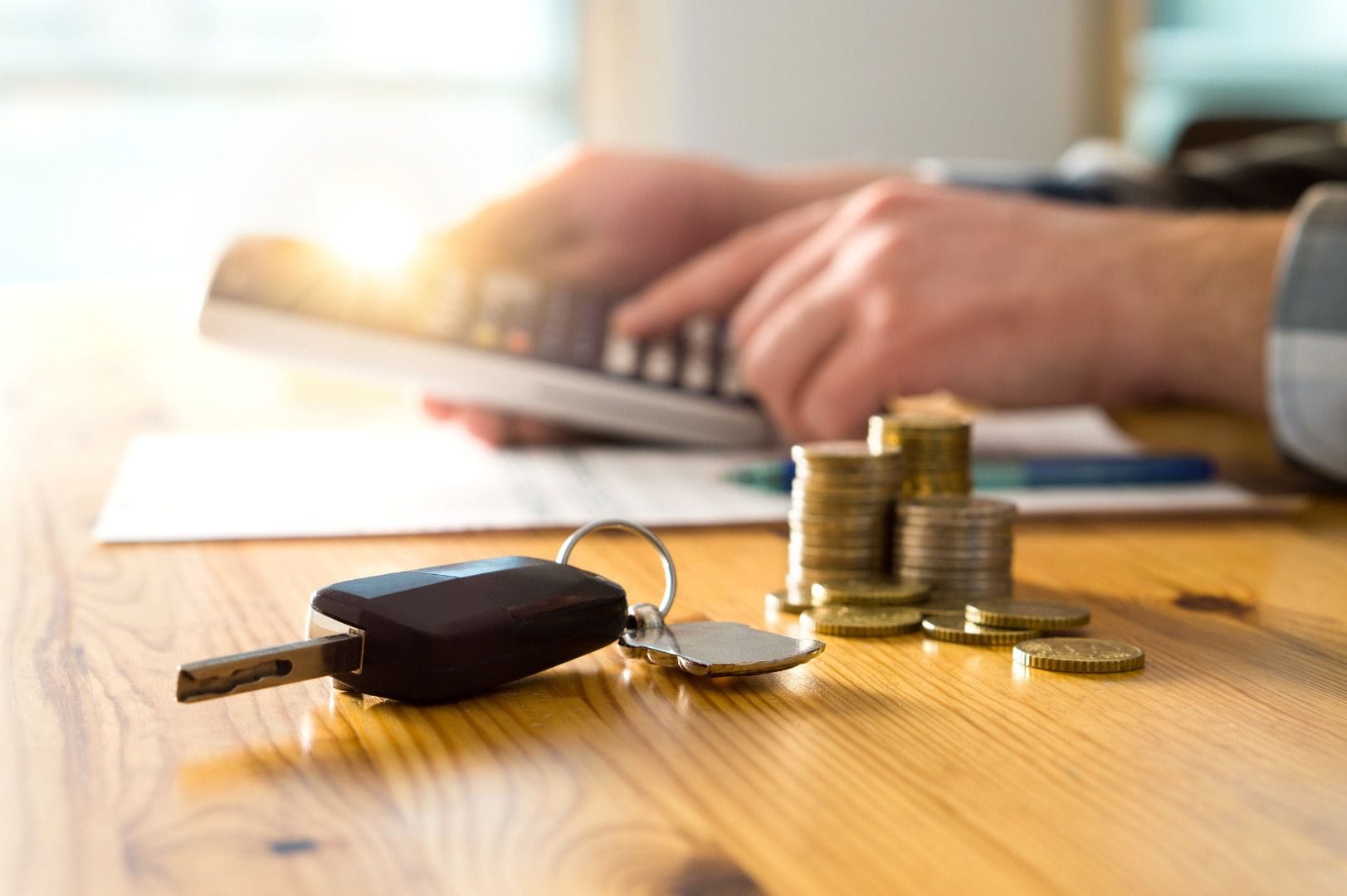
Photo by terovesalainen - stock.adobe.com
What You Can Do to Mitigate High Repair Prices
The first thing to do is ensure your vehicle is up-to-date on its manufacturer’s recommended maintenance. Doing the maintenance costs some money up front, but delays or even eliminates more expensive repairs. For example, maintaining your vehicle’s timing belt and cooling system can prevent high-cost repairs if one of those components fails. Similarly, maintaining your vehicle’s braking systems can prevent collisions that can destroy your vehicle.
Buying an extended warranty for your vehicle may help, too. However, do the math to see if the up-front cost of the warranty is greater than the repair charges you foresee for your car. A consultation with a trusted mechanic is a good idea. Your repair professional will know what repairs are likely to be needed, and their approximate cost. You might be better off putting the cost of a warranty into savings to pay for potential repairs.

Photo by Dave - stock.adobe.com
What About Doing It Yourself?
Repairing a modern car at home is beyond the ability of most people. Vehicle owners simply don’t have the specialty tools or the knowledge to do more than simple repairs themselves.
However, if you are reasonably handy and have the proper tools, you can save some money by doing simple jobs yourself. Replacing brake pads, for example, can be done at home. Don’t be afraid to ask for advice from a pro if you get stuck, but be aware that finishing a half-done job can be as expensive as doing the job from the beginning.
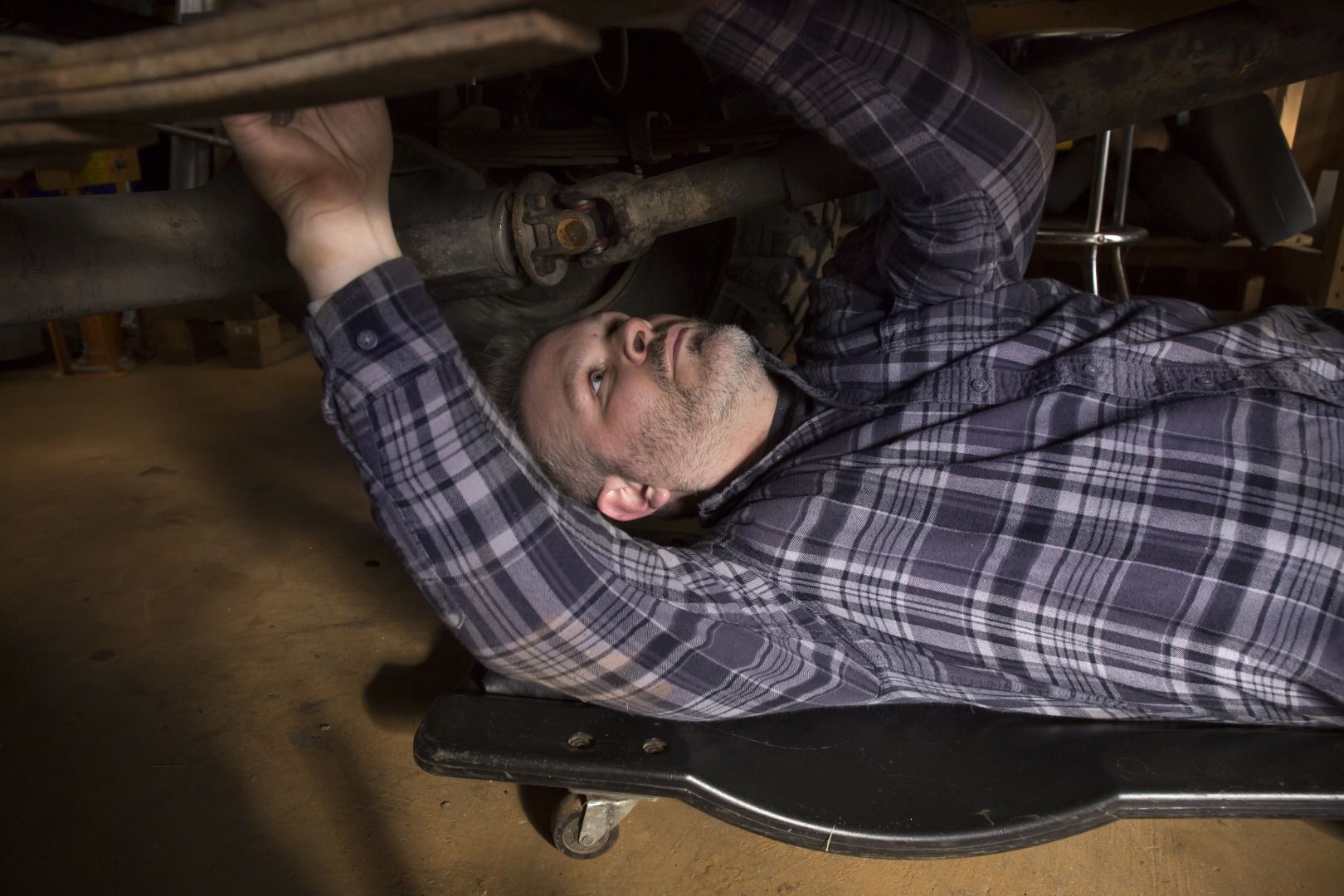
Photo by Adobe Stock
How to Find the Best Deal
Finding the best deal on car repair involves more than a low estimate. First, you need to find a service provider you can trust. A trusted mechanic may not offer the cheapest estimate, but if they are honest and competent, that’s cheaper in the long run. Referrals are a good way to find the right provider.
Ask if there are maintenance specials or other jobs that can be bundled to save money on future repairs. For example, it may be cheaper to replace the water pump during a timing belt replacement because the pump is already off the car. Finally, don’t be afraid to get multiple estimates, and ask about differences in price. Be clear about what each estimate includes and what the potential extras might cost.

Photo by Iakov Filimonov-Adobe Stock
Maintenance Costs Increase With Mileage
The final thing to say about the price of auto repairs is that the time comes when it costs more to keep your old vehicle on the road than it would to replace it. As we noted, maintenance and repair costs are lower on a new vehicle. Costs rise over time and with increased mileage.
Frequently, the most cost-effective thing you can do is trade in your problems. If you get a better car, you can drive away with a car payment that’s going into a reliable vehicle rather than one that needs constant repair.
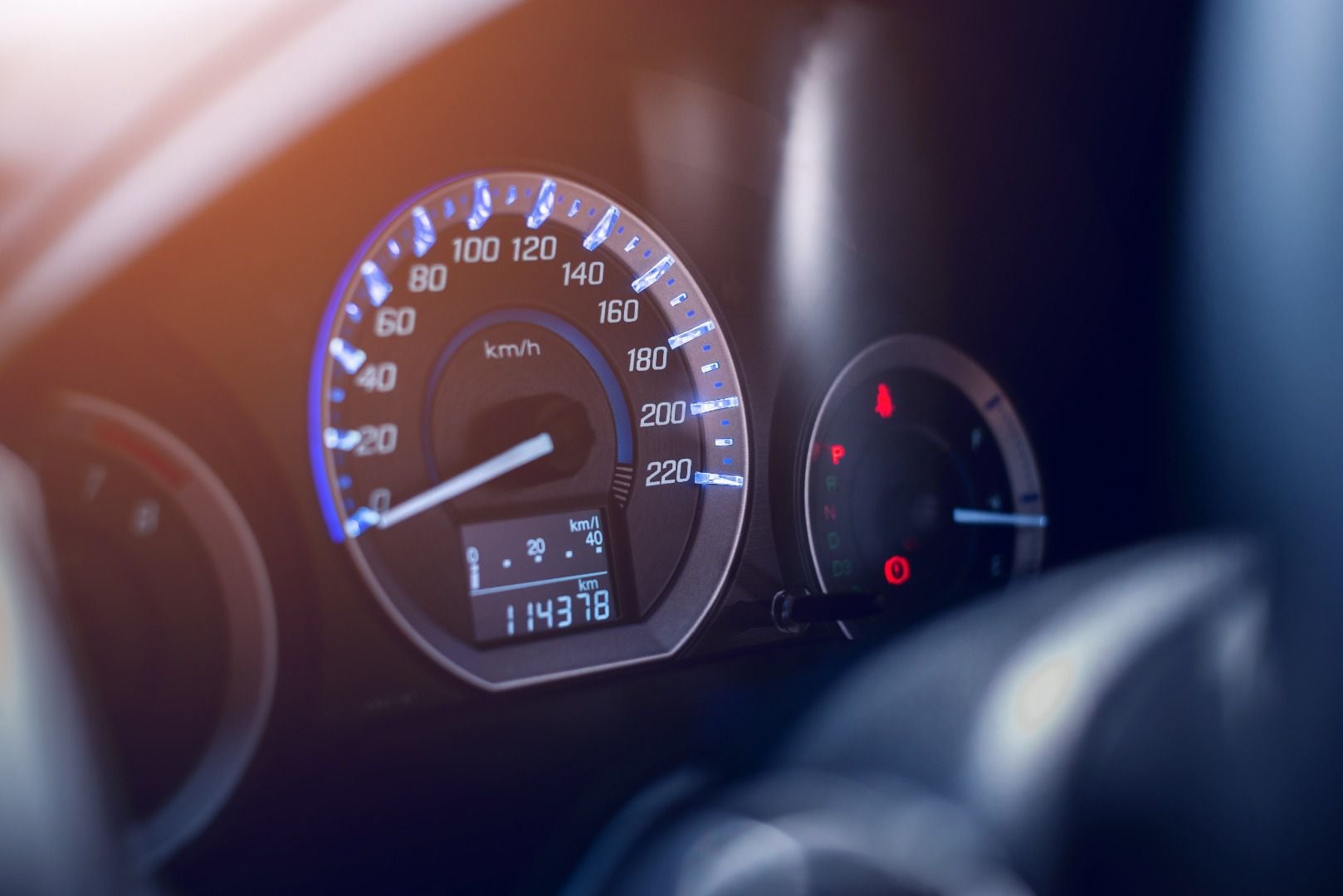
Photo by Songwut Pinyo - stock.adobe.com